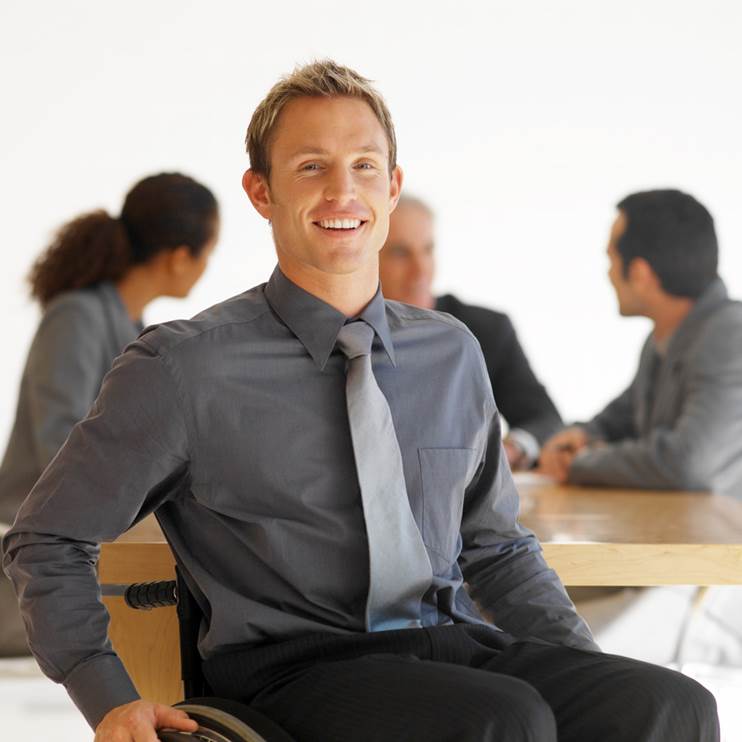Role of the PTA
- Prepare for safe and effective interventions by thoroughly reviewing the PT Examination findings, associated progress reports, and the plan of care
- Recognize declines in function or abnormal responses to interventions and report findings to the supervising PT
- Perform interventions within the POC to achieve stated goals
- Monitor and report physiologic responses to interventions
- Assess motor control and motor learning: report to PT if steep or gradual decline in this area is observed.
- Assess cognitive status: orientation to place, person, time of day, year: communicate to PT and or care team significant changes in this area.
- Communicate barriers, questions, and concerns to the supervising physical therapist
- Complete and repeat tests and measures as indicated to monitor patient response and progress
- Educate patients and family members in use of positioning, equipment, assistive devices, energy conservation, home and community safety (including fall prevention)
- Include age-appropriate and instructional strategies consistent with the patient's developmental and cognitive status
- Coordinate with the interprofesional health care team to optimize safety and recovery
Interventions
- Skilled services selected to progress patient toward goals
- Performed by the PT or the PTA as directed by the supervising PT
- Examples include
- therapeutic exercise (ROM, strengthening, stabilization, postural exercises, endurance training)
- biophysical agents (modalities)
- therapeutic activities (functional training, family training, transfer training)
- gait and locomotion
- training in the use of orthotics, prosthetics, and equipment / assistive technology
- static and dynamic balance and coordination training
- gross motor control and learning
- sensory training
- positioning for pain relief and pain management
- skin care and protection
Tests and measures
Tests and measures provide data that informs the physical therapy plan of care. Outcomes of tests and measures may prompt communication with the supervising PT and other health care personnel, particularly when there are marked changes over time that suggest a need for care plan review or emergency action. Examples of common tests and measures in this population include:
- ROM, strength, functional performance, observation (e.g. posture, skin)
- Pain scales, tone, reflexes, sensation
- Coordination
- Time, distance, quality, assistive devices, cuing, patient support equipment during gait and locomotion
- Physiological responses to movement (vital signs) and endurance
- Orientation (A&O)
- Motor planning and performance - simple to complex movements and associated problem-solving during movement
- Pain managemement effectiveness
- Standardized functional assessments
- Functional Independence Measure (FIM)
- Modified Ashworth Scale - assesses level of hypertonicity
- Barthel Index - grossly assess activities of daily living functional status
- Specific tests for neurologically-involved patients are covered in PTA 204/204L

Functional Independence Measure (FIM): Review from Fall term
|
The Functional Independence Measure is an interdisciplinary measure of function. It may be scored entirely by a nurse from information provided in the medical record and treatment notes.
Typically, the PT team member will be responsible for rating mobility and locomotion. Nursing and/or nursing will rate the self-care items. Nursing or speech language pathology will rate communication problems and cognitive function. Psychosocial status may be a collaborative process and based on consensus from team members.
Levels of Assistance |
||||
|
LEVEL |
ABBREVIATION |
FIM LEVEL |
DEFINITION |
NO HELPER |
|
Complete Independence |
I |
7 |
All tasks are performed safely without modification, assistive devices or aids and within reasonable time |
|
|
Modified Independence |
Mod. I |
6 |
One or more of the following are true about the activity: --requires assistive device --takes more than reasonable time --there are safety (risk) concerns |
|
|
Stand by Assistance
Supervision or Set-up |
SBA Or S |
5 |
Requires no more than standby, cueing or coaxing without physical contact or helper sets up needed items or applies orthoses |
HELPER |
|
Contact guard assistance |
CGA |
4 |
Variation of minimal contact assist where subject requires contact to maintain balance or dynamic stability |
|
|
Minimal contact assistance or minimal assistance |
Min contact A Or Min A |
4 |
Requires no more than touching & expends 75+% or more of the effort; assistance is needed to lift one limb |
|
|
Moderate assistance |
Mod A |
3 |
Requires more help than touching or expends 51% to 75% of the effort; assistance is needed to lift two limbs |
|
|
Maximal assistance |
Max A |
2 |
Subject expends 26% to 50% of effort |
|
|
Total assistance |
Total A |
1 |
Subject expends less than 25% of effort; two or more provide assistance |
|
